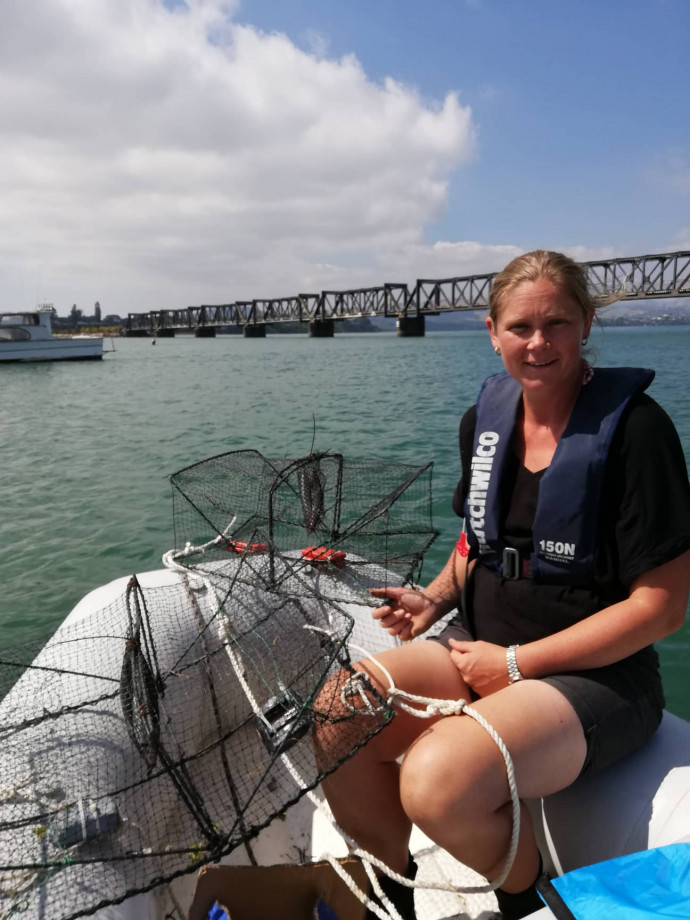Waikino School - Lauren Bartram

2019 | The environmental history of our coasts and harbours
School: Waikino School
Host: University of Waikato, Coastal Marine Field Station
Host organisation: University of Waikato, Coastal Marine Field Station, Tauranga. https://www.waikato.ac.nz/eri/research/coastal-and-marine-ecosystems/coastal-marine-field-station/
My blog address: www.laurenbartram.wordpress.com
The long-term goal would be to build the local curriculum so that all students at Waikino School are able to get a clear understanding of the importance of science in preserving the environment and that science is happening around them in their daily lives. By anchoring this in the school grounds Waikino School is able to support students as they engage as scientists on a daily basis and build their curiosity and understanding of the world around them. Developing leadership skills for the participant teacher will benefit all staff and students as Waikino School works to develop a local curriculum.
Lauren has been hosted by the University of Waikato Coastal Marine Field Centre in Tauranga. She has had the opportunity to participate in a number of historical ecology research projects and collaborate with students and faculty staff. During this time Lauren has worked with scientists both in the lab and in the field with a range of marine organisms. Some of the key experiences for Lauren have been exploring the history of Tauranga Moana through the use of core samples, understanding more about the ecological history of toheroa, assisting with lab samples that aim to identify diseases in surf clams, investigating algae aquaculture and working with biosecurity scientists to understand more about invasive species impacting Tauranga Moana.
A highlight for Lauren has been the field trips to Ripiro Beach in Northland where she has been involved in projects that aim to understand more about the New Zealand surf clam, Toheroa, and the reasons for its decline. Being able to work with students to gather data on the possible predation of oyster catchers on the toheroa has given her the opportunity to work in the fields of marine ecology, animal behaviour and archaeology. Lauren and another participant teacher Matt Finnigan have completed their own project which has created a model of growth rates in Toheroa. This model has been used to show the difference between shell size, weight and thickness in the shells of Toheroa living today and those that we found many years ago. It also allows for camparisons to be made between the sites where Toheroa are found and adds to the overall understanding of how the populations have changed over time.
Through these experiences Lauren was able to see the full extent of scientific discovery, the applications and, at times, implications of the work that scientists do. She has developed an appreciation for the collaborative nature of science and come to understand how contributions from the public can influence the direction of scientific investigations. This is something that she feels will add relevance to her students’ learning in science at school and she hopes to encourage her students and school community to work together on scientific projects in their local area.
